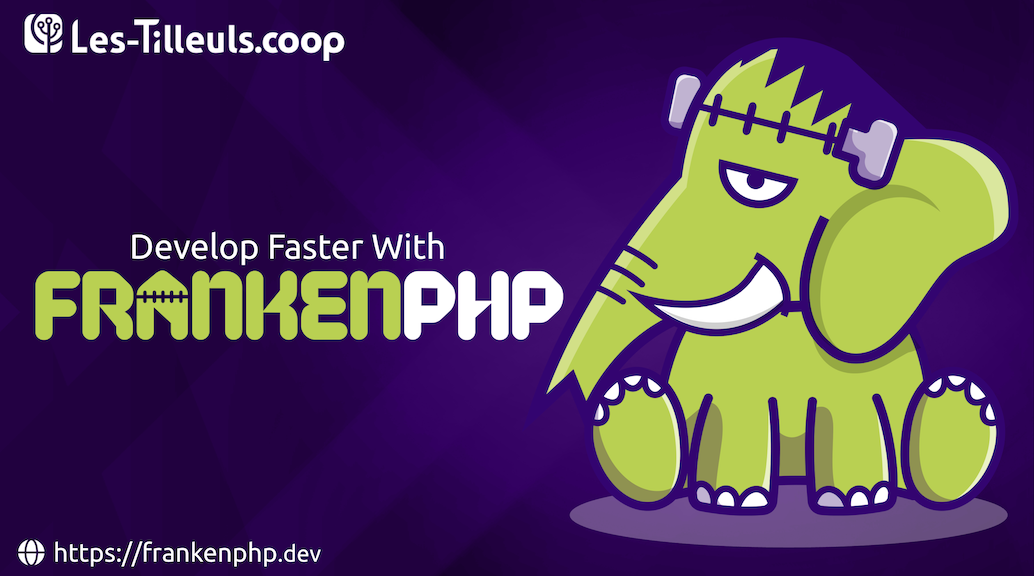One of Symfony’s strengths is its caching mechanism (the files stored in “var/cache”), which enables framework components such as the dependency injection container and the router, as well as numerous bundles, to be ultra-fast in production. However, during development, regeneration of this cache can cause slowness and make the work of programmers tedious. Each time…
Category: Symfony
HTTP compression in PHP (new Symfony AssetMapper feature)
Compressing HTTP responses can significantly improve the performance of your PHP and Symfony applications. But you must still navigate the jungle of standards and formats. In this presentation, we’ll discover how HTTP compression works, the different formats supported by modern web browsers (deflate, gzip, Brotli, and the brand-new Zstandard), and how to use them correctly….
Front-end application development, Symfony-style(s)
We recently introduced the AssetMapper component and Symfony UX to make the most of the web platform and reduce the amount of JavaScript code to the absolute minimum. This “radically simple” approach is generally the most efficient, and should be the go-to method for most new Symfony applications. However, API-based, JavaScript-heavy applications are still inevitable…


